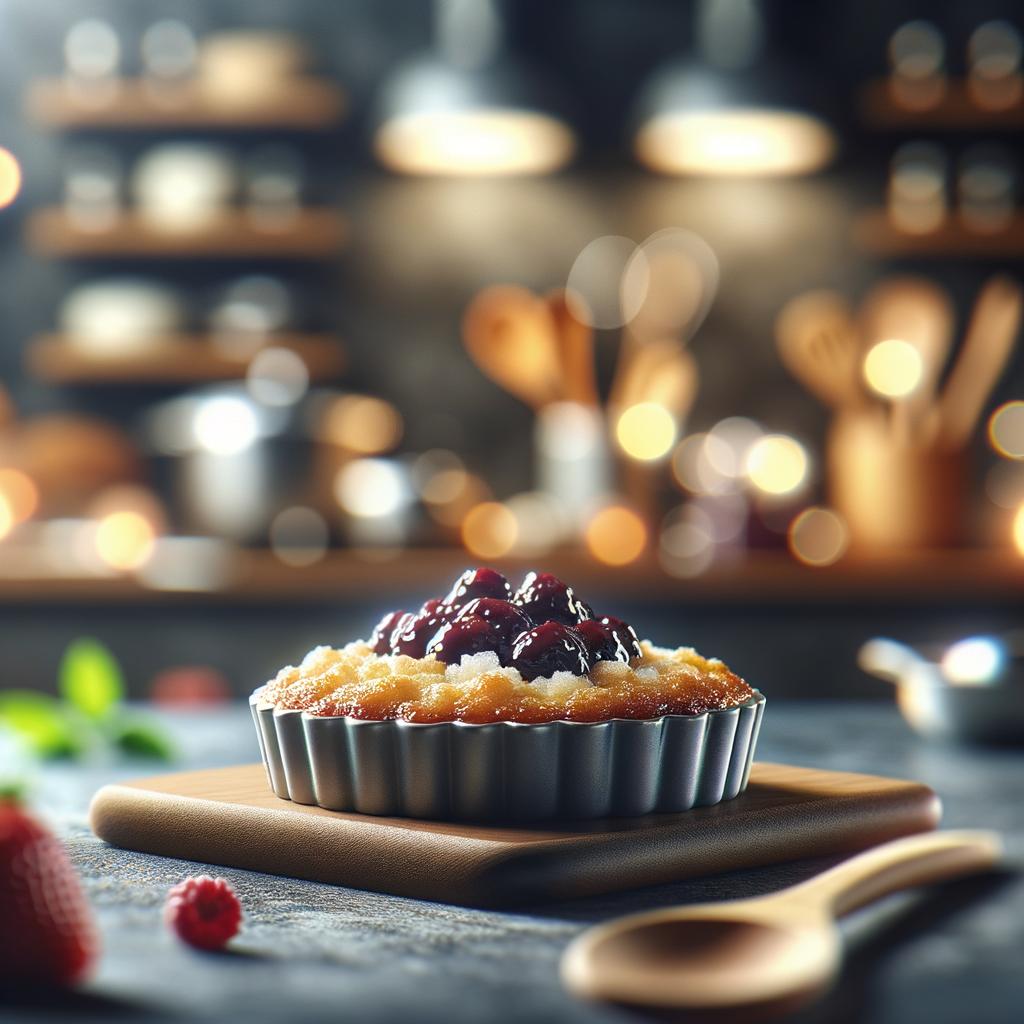Cobbler Topping

Description
Cobbler topping, a vital ingredient for a classic dessert, is a delightful medley of flour, sugar, butter, and often a leavening agent like baking powder. It has a golden-brown appearance when baked, with a slightly crumbly texture that is both tender and crisp. The flavor profile is subtly sweet and buttery, offering a perfect counterbalance to the tartness of the fruit underneath. What sets cobbler topping apart from other similar dessert toppings is its versatility. It can be made into a biscuit-like dough or a pourable batter, and can be customized with the addition of spices, nuts, oats, or even cheese, making each cobbler uniquely delicious.
Primary Uses
Cobbler topping is primarily used to crown fruit-based desserts, the most common of which is the eponymous cobbler. It's a key component in a variety of regional and seasonal dishes, from Southern peach cobbler to New England apple cobbler. The topping is also used in other desserts like crisps and grunts. Beyond its culinary uses, cobbler topping has a cultural significance, especially in American cuisine, where it's an integral part of family gatherings, holiday celebrations, and comfort food traditions.
History
The history of cobbler topping is as humble and comforting as the dish itself. It originated in the British-American colonies when settlers tried to recreate their beloved suet pudding with the ingredients they had on hand. Using a simple mixture of flour, fat, and leavening, they created a topping that was easy to make and versatile enough to pair with the fruits they found in the New World. Over time, the cobbler topping evolved, with each region adding its own twist, but its comforting essence remained. Folklore surrounding the cobbler suggests that its name comes from the cobblestone-like appearance of the biscuit topping, adding a touch of whimsy to its history.
Nutritional Information
Cobbler topping, while a treat, does offer some nutritional benefits. It provides energy through carbohydrates and a small amount of protein from the flour. The butter in the topping contributes to its fat content, which, while not negligible, is part of what makes it so delicious. If made with whole grain flour, it can also provide dietary fiber. Compared to other dessert toppings like whipped cream or ice cream, cobbler topping is less processed and can be made with more wholesome ingredients. However, like all sweet treats, it should be consumed in moderation as part of a balanced diet.

